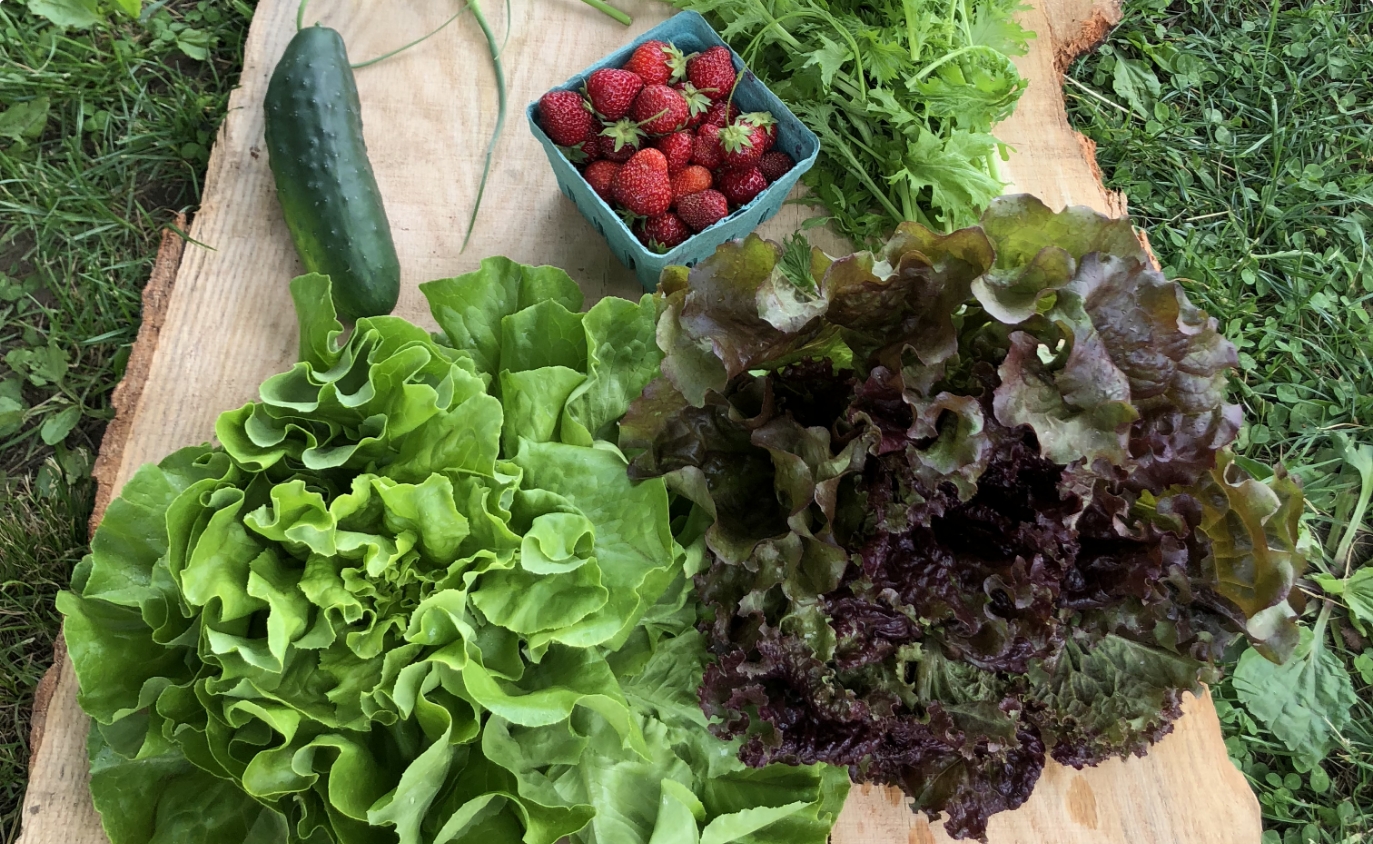Spring in Rhode Island, (USDA Hardiness Zones ranging from 5b to 7a) presents a special opportunity for gardeners and farmers who follow organic, no-till practices like we do at The Farm. Our approach not only respects the earth but also fosters a more sustainable and productive garden. Let’s delve into what to plant and when in Rhode Island, focusing on timing and selection for optimal growth under these practices.
Early Spring Planting
In Rhode Island, early spring typically begins in late March to early April. This period is ideal for planting cool-weather crops, particularly in no-till gardens where soil structure and health have been preserved.
Cool-Weather Crops
- Leafy Greens: Spinach, kale, and lettuce thrive in these early months. In a no-till system, simply part the mulch and plant your seeds or transplants.
- Root Vegetables: Radishes, carrots, and beets can be directly sown. The rich, undisturbed soil of a no-till garden will encourage strong root development.
- Peas: These should be planted as soon as the soil is workable. Their roots will benefit from the well-aerated soil structure that no-till methods promote.
Mid-Spring Planting
By mid-spring, typically around mid-April, you can safely plant crops that can handle a bit of chill but not a hard frost.
Cruciferous Vegetables
- Broccoli, Cauliflower, and Cabbage: Start these in your no-till beds after the last frost. Their robust roots will easily navigate the undisturbed soil structure.
- Onions and Garlic: Ideal for mid-spring planting. In a no-till garden, they help maintain soil structure and deter common pests.
Late Spring Planting
Late spring in Rhode Island, usually around late May to early June, is when the soil warms up enough for warm-weather crops.
Warm-Weather Crops
- Tomatoes: Plant these after the last frost has passed. In a no-till garden, tomatoes benefit from the soil’s improved moisture retention.
- Peppers and Eggplants: These also require warm soil and benefit from the nutrient-rich environment of a no-till garden.
- Corn and Squash: Plant these in late spring. The no-till method helps retain soil moisture and suppress weeds, giving these crops a good start.
Succession Planting
To maximize your harvest in Rhode Island, consider succession planting. Plant a new batch of crops every 2-3 weeks. This is especially effective in no-till gardens, where soil health is continually improving.
Organic, No-Till Tips for Optimal Growth
- Soil Care: Maintain the health of your soil with organic compost and mulch. This is crucial in a no-till garden.
- Watering: Water deeply and less frequently to encourage strong root growth, a key benefit of no-till gardens.
- Plant Health: Monitor your plants regularly. Use organic methods for pest and disease control to maintain the ecological balance in your garden.
- Companion Planting: Implement companion planting to naturally deter pests and promote biodiversity.
Embracing organic, no-till practices in your Rhode Island spring garden can lead to a more productive and sustainable growing season. These methods not only yield healthier crops but also contribute positively to the environment.
As you prepare for this year’s spring planting, remember that each seed planted using these methods is a step towards a healthier planet. Happy planting!

